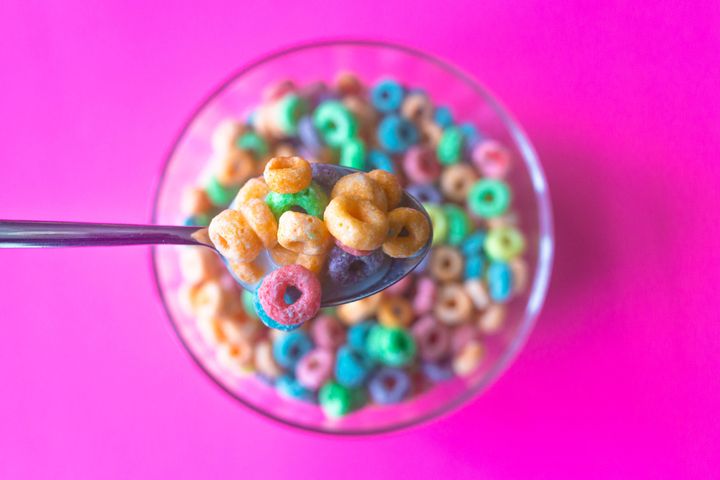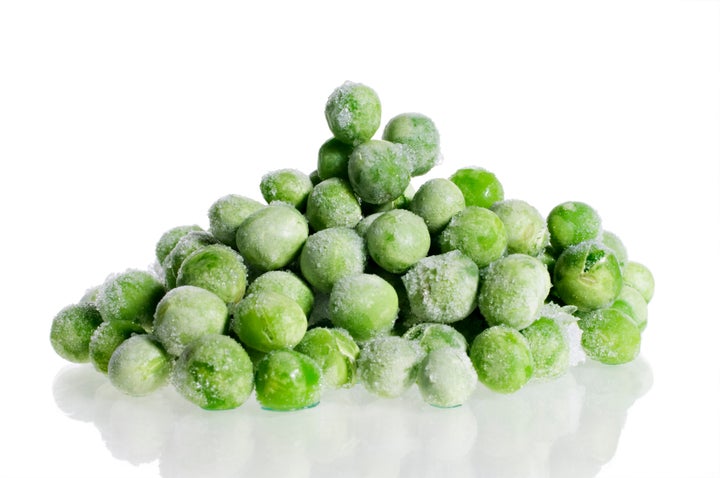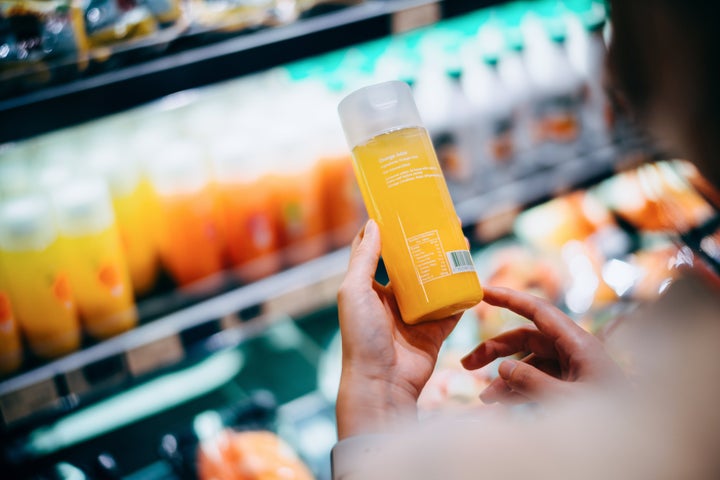
You’ve likely heard health experts say that eating whole foods and skipping processed foods is a key to optimal health. A December 2022 study, for example, presented a pretty scary statistic linking ultra-processed foods to cognitive decline, saying that people who ate more than 20% of their daily calories from processed foods had a 28% faster decline in global cognition and a 25% faster decline in executive functioning, compared with people who ate less than 20%.
If you’re wondering what an “ultra-processed” food is, you’re not alone. It’s a complicated topic.
Most foods are at least minimally processed — usually for preservation or safety reasons — so completely staying away from all processed foods can be difficult, if not impossible. It’s also unnecessary.
“Processed food tends to get a negative reputation, but there are many minimally processed foods that are actually good for us,” Ashlee Wright, a registered dietitian at Orlando Health, told HuffPost. “If we think about foods, like baby carrots, nuts, chicken and fish, these have to be processed in some way, but they only have one ingredient.”
At the other end of the processed foods spectrum are ultra-processed foods, like frozen meals, doughnuts, cookies and candy. These typically contain dozens of ingredients, many of which you’ve never heard of and can’t pronounce. These are the items nutritionists suggest limiting.
Still, nutritionists acknowledge that understanding the difference between processed and ultra-processed foods is difficult. Here are some tips to help you sort them out.
Most foods are processed, at least somewhat
“Just about all food needs to be processed to eat it, so this can be so confusing,” said Colleen Tewksbury, a spokesperson for the Academy of Nutrition and Dietetics.
The healthiness of processed foods usually comes down to other ingredients, like sugar or salt, that are added during processing. The U.S. Department of Agriculture defines processed foods as those that have undergone changes to their natural state. So, it’s any raw agricultural commodity that’s been milled, cut, chopped, cooked, frozen, dehydrated or canned.
“Many foods that people think of as whole foods technically are minimally processed, like frozen fruits or vegetables, or those bags of pre-cut veggies at the grocery store,” said Kristine Dilley, a registered dietitian at The Ohio State University Wexner Medical Center.
Processing techniques, like pasteurization, canning or dehydrating, also make foods safer to store and ensure they keep for longer periods of time, Dilley said.

How to understand the different kinds of processed foods
Not all processed foods are created equal. One way to explain the different levels of processed foods is the NOVA food classification system, developed by researchers at the University of Sao Paulo, Brazil. The system has four categories:
Group 1: Unprocessed or minimally processed foods. This refers to fruits, vegetables, seeds, eggs, fungi or milk that are consumed in their natural state or altered to remove inedible or unwanted parts, like stems or shells. The foods might be dried, filtered, roasted, frozen or packaged to preserve their natural state, store them or make them more palatable.
Group 2: Processed culinary ingredients. These items are derived from Group 1 or nature, and include oils, butter, lard, sugar and salt. They’re usually used to prepare Group 1 foods and are rarely consumed on their own.
Group 3: Processed foods. These foods are produced by adding items, like salt, sugar, or oil (Group 2 items) to Group 1 foods. Examples include pickles, canned fish, cheese, canned fruits or vegetables, bacon or fresh bread. The foods usually retain their basic identity and some original characteristics.
Group 4: Ultra-processed foods. These items are created by industrial processes, like hydrogenation or adding emulsifiers, artificial colors, artificial flavors or preservatives. They include prepared meat, pasta or pizza; packaged bread, cookies or cakes; and soft drinks, candy, chicken nuggets or fast food. Ultra-processed foods tend to be highly palatable, inexpensive, convenient and contain multiple ingredients.
One issue with the NOVA system, Dilley said, is that it attempts to define the healthiness of foods in broad categories based on ingredients added during processing, which can be confusing for people. It also may inadvertently fuel the concept of “good” versus “bad” foods.
“This may be harmful to individuals who struggle with balanced eating or eating disorders, and may lead to an over-restrictive food intake,” Dilley said.
Should you limit ultra-processed foods?
Many ultra-processed foods are convenient and inexpensive, compared to some whole foods, so avoiding them is difficult for most people, Dilley said. Plus, there’s nothing wrong with enjoying sweets or soft drinks sometimes.
But the more processed the food, the more likely it is to contain extra calories, salt and sugar.
Research has linked consuming high amounts of ultra-processed foods to obesity, diabetes, high blood pressure and dementia. And the previously mentioned 2022 study has linked ultra-processed foods to cognitive decline.
If you’re eating processed foods, but are paying attention to the number of calories you’re consuming overall, some ultra-processed foods may not be worrisome, Tewksbury said.
Try sticking to the 80/20 rule, where you focus on eating unprocessed or minimally processed foods 80% of the time, Wright said.
“Give yourself some grace and realize that it can be challenging to avoid ultra-processed foods completely,” Wright said.

Which processed foods are the healthiest to eat?
“The simplest way to think about it is the fewer ingredients, the better,” Wright said. “If you start reading an ingredient list, and you can’t understand or even pronounce what’s in it, try not to eat it often.”
Choosing healthy foods can be confusing, especially when labels say things like “all-natural” or “made with whole grains,” but contain a host of other ingredients that make them ultra-processed, Wright added.
To make sure you’re opting for the least-processed options most of the time:
- Look for items with five ingredients or fewer (or ones with the shortest ingredient list).
- Note the first ingredient listed — that’s what the item contains the most of (look for bread listing “whole grain” first rather than “enriched flour,” for example).
- Avoid (or minimize) products with added sugar, saturated fat and a high sodium content (20% or more of your daily value of sodium per serving is considered high).
- Choose foods that are as close to their natural state as possible.
“I would encourage individuals to look at how often they are eating ultra-processed foods and in what quantity,” Dilley said. “Planning ahead for meals and snacks, and doing any amount of meal prep can help reduce how often these convenience foods are needed.”
